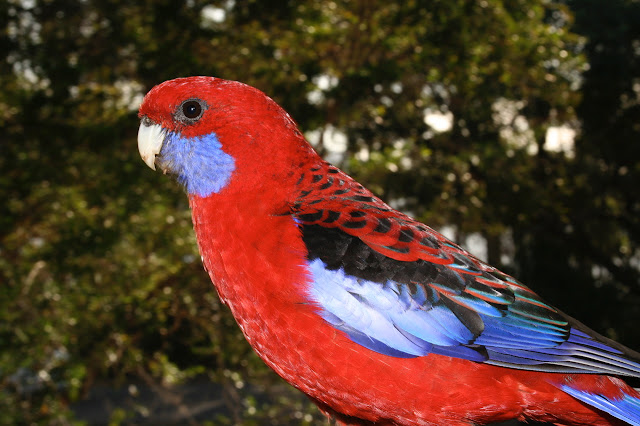 |
| Brushtail Possum. Image by Garry Daly ©. |
This page and the ones linked below are all about using native plants to provide resources for native animals. I have gathered this information by revegetating a 40ha property some 5km west of Cambewarra Mountain and studying the region’s fauna over 40 years. Below is some general advice for gardening to attract local animals to your garden. Or click through for specific information about:
It is important to understand that on small urban lots the area of habitat that can be created is usually too small to maintain a population of animals. If you live adjacent to an area of bush then the diversity of animals that may occur on your land is increased. Similarly if you have like-minded neighbours who have native gardens then collectively the diversity of animals is likely to be higher than a single site surrounded by lawn. Animals that can fly are much more likely to find your garden than those that have to move over the ground as they do not have to run the gauntlet of moving vehicles, cats and dogs. Every bit of bush helps animals persist, so your little garden can be very important.
 |
| Parrots such as the Crimson Rosella are some of the more common visitors to small urban gardens. Image by Garry Daly ©. |
Some general strategies for attracting wildlife include:
- cultivating a ‘messy’ garden, with natural items like dried leaves, dead grass stalks and old logs or branches, to afford more homes for local creatures
- providing a source of fresh water such as a pond or bird bath, with some screening and shade, gives a range of fauna some respite in hot weather
- planting the species that would have grown naturally in your area may support return of the fauna that used to live there getting your neighbours involved and planting local natives will increase the area of habitat you can provide and make it more attractive to fauna
- avoiding solid fences, which may prevent lizards and echidnas from reaching your garden, and could be replaced with screening plants or open fencing that allows fauna to pass through
- if space permits, planting gum trees, because they are some of the most important habitat plants that grow in this region, providing food for many birds and mammals.
 |
| Two messy gardens adjacent to a nature reserve increase habitat available for local fauna. Image by Emma Rooksby. |


No comments
Post a Comment